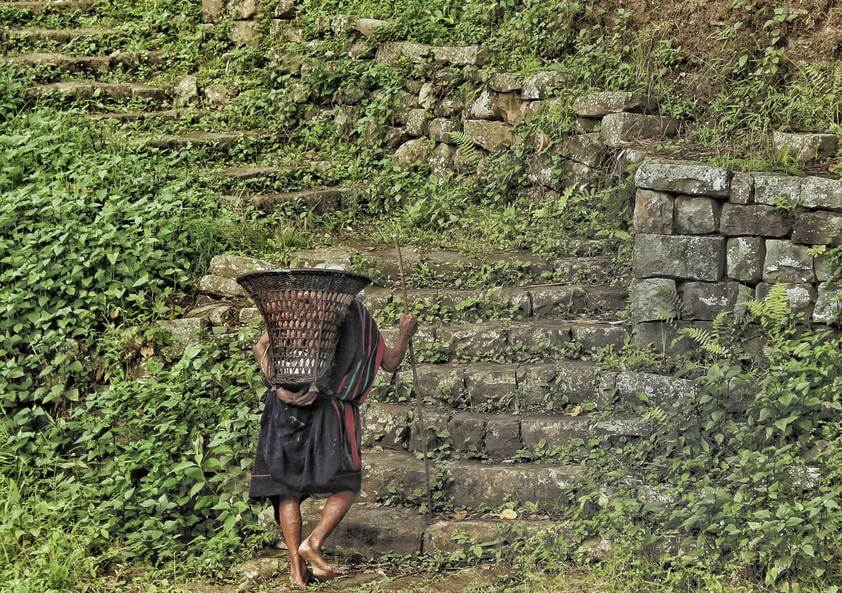Tucked between the emerald hills of Nagaland, Khonoma isn’t just a village — it’s a pledge. A promise made generations ago to stop hunting indiscriminately, to stop felling forests endlessly, and to start living with the land, not just off it.
Today, Khonoma stands not as a tourist spot but as India’s first Green Village — a living example of how tradition can lead the way in conservation.
From Battlefield to Sanctuary
In the 19th century, Khonoma was known for its fierce warriors who resisted British colonization. The same determination now protects its hills. In 1998, after decades of unsustainable hunting practices, the villagers voluntarily declared 70 square kilometers of their forest as the Khonoma Nature Conservation and Tragopan Sanctuary (KNCTS).
This wasn’t government-imposed — it was community-willed. Today, you’ll still find traps, but they’re rusted, tied to trees as reminders of a past they chose to leave behind.
The Tale of the Tragopan
Khonoma was once the hunting ground of the Blyth’s Tragopan, a rare pheasant and Nagaland’s state bird. Its numbers were falling fast. But thanks to the conservation efforts, the birds are now being spotted again — timid, yes, but slowly trusting the silence of safety.
“We used to hunt them to show bravery. Now we protect them to show wisdom,” shares Khonoma’s community elder.
Snippets from the Forest
- The Ziekiezou Trek:
This short but rich trail leads through sacred groves, whispering bamboo, and viewpoints overlooking rice terraces. Guided walks often include stories of medicinal herbs and ancestral boundaries marked by stones. - Woodsmoke & Watchtowers:
Traditional Naga watchtowers once used to spot enemies are now used to sight hornbills. From up there, Khonoma unfolds like a green quilt stitched by generations. - No-Gun Generation:
A new youth group proudly calls themselves the “No-Gun Boys.” They document birdlife, guide treks, and lead awareness drives in local schools.
Know Before You Go
- Permission required for KNCTS access: Most homestays can arrange it.
- Best time: October to April for birdwatching and clear hikes.
- Avoid plastic: The village practices strict eco-tourism policies.
- Stay local: Homestays offer guided conservation walks and heritage meals.

Khonoma didn’t wait for global campaigns or NGOs to fix its future. It looked inward. It chose to change — not to attract applause, but to protect its soul. And in doing so, it became a forest that speaks — not just in rustles and bird calls, but in choices.
In Khonoma, every leaf is a lesson — not from textbooks, but from the hands that chose not to cut it.”
















